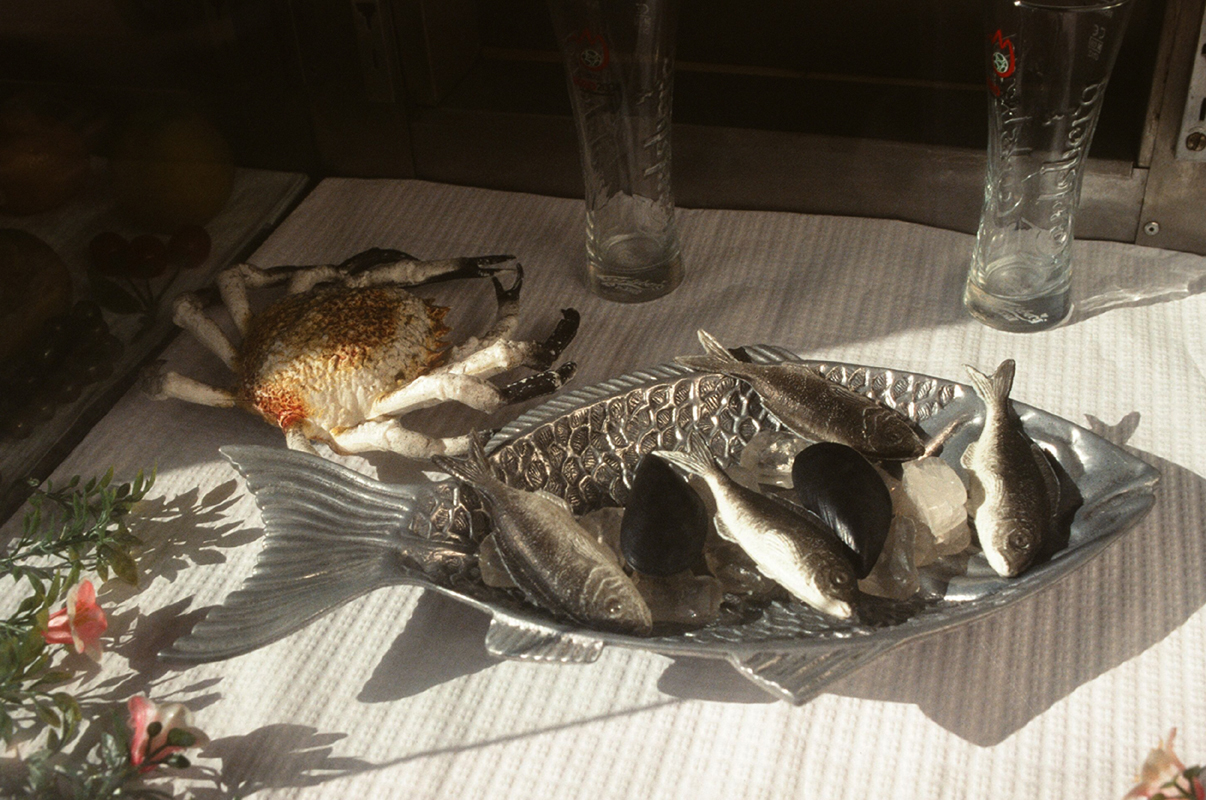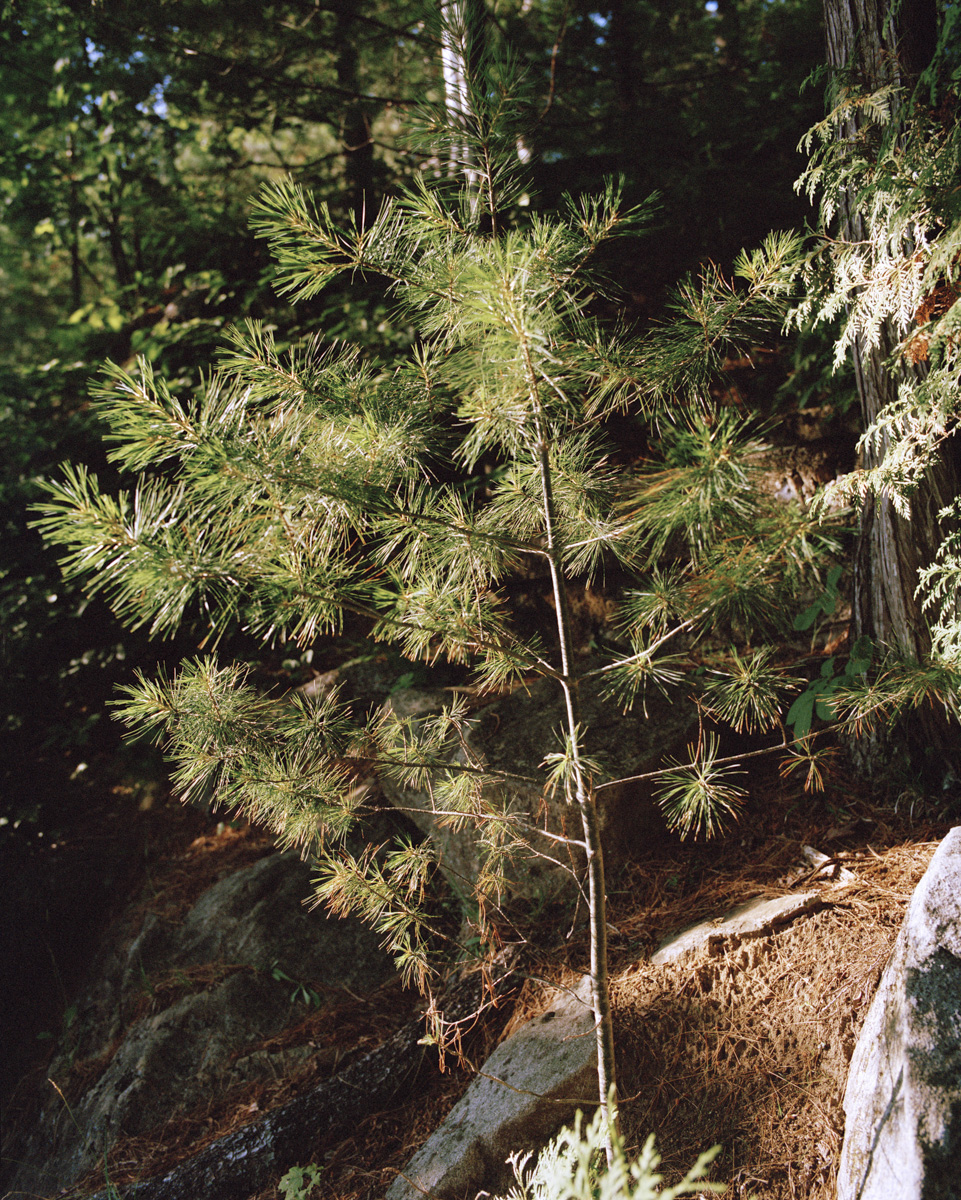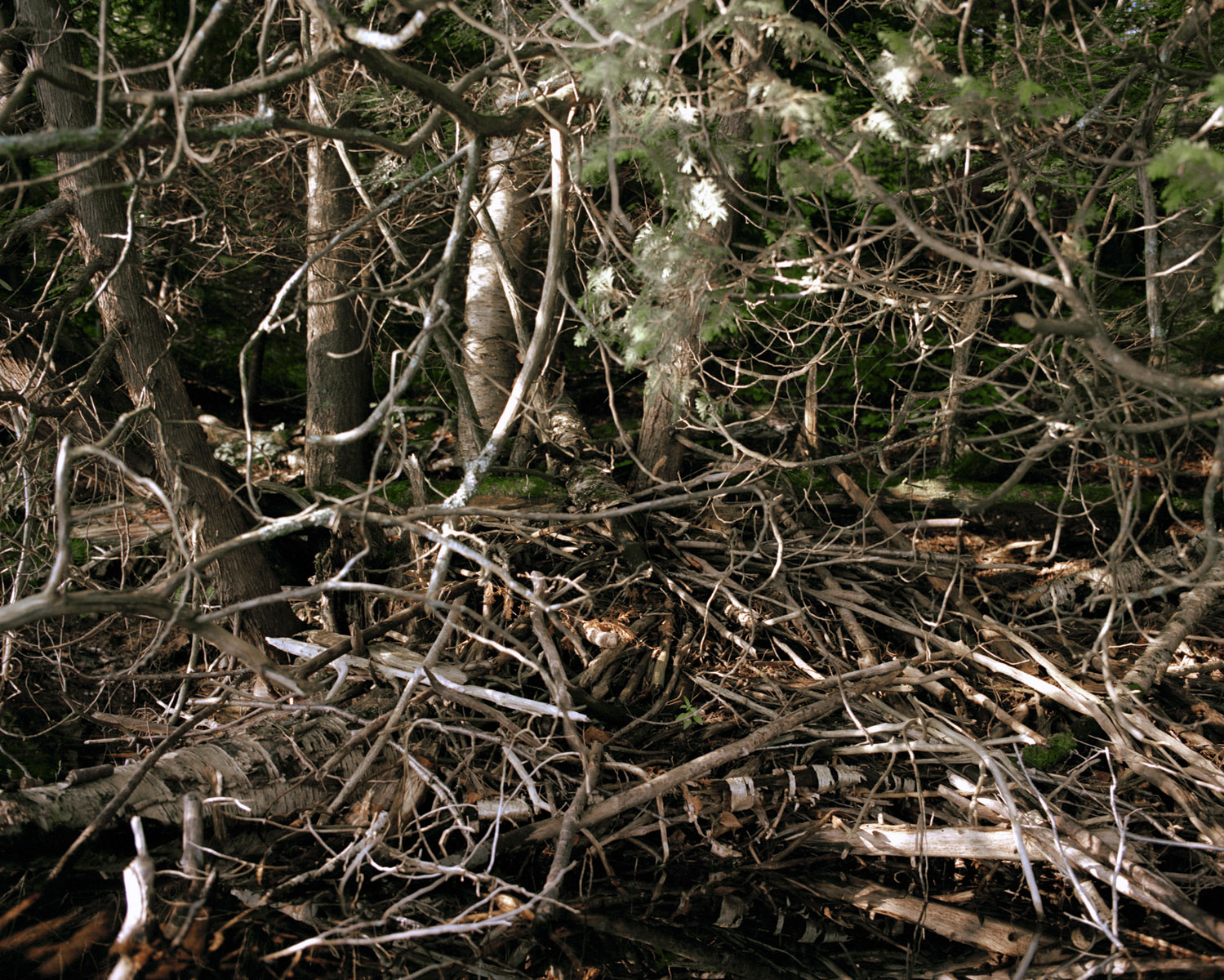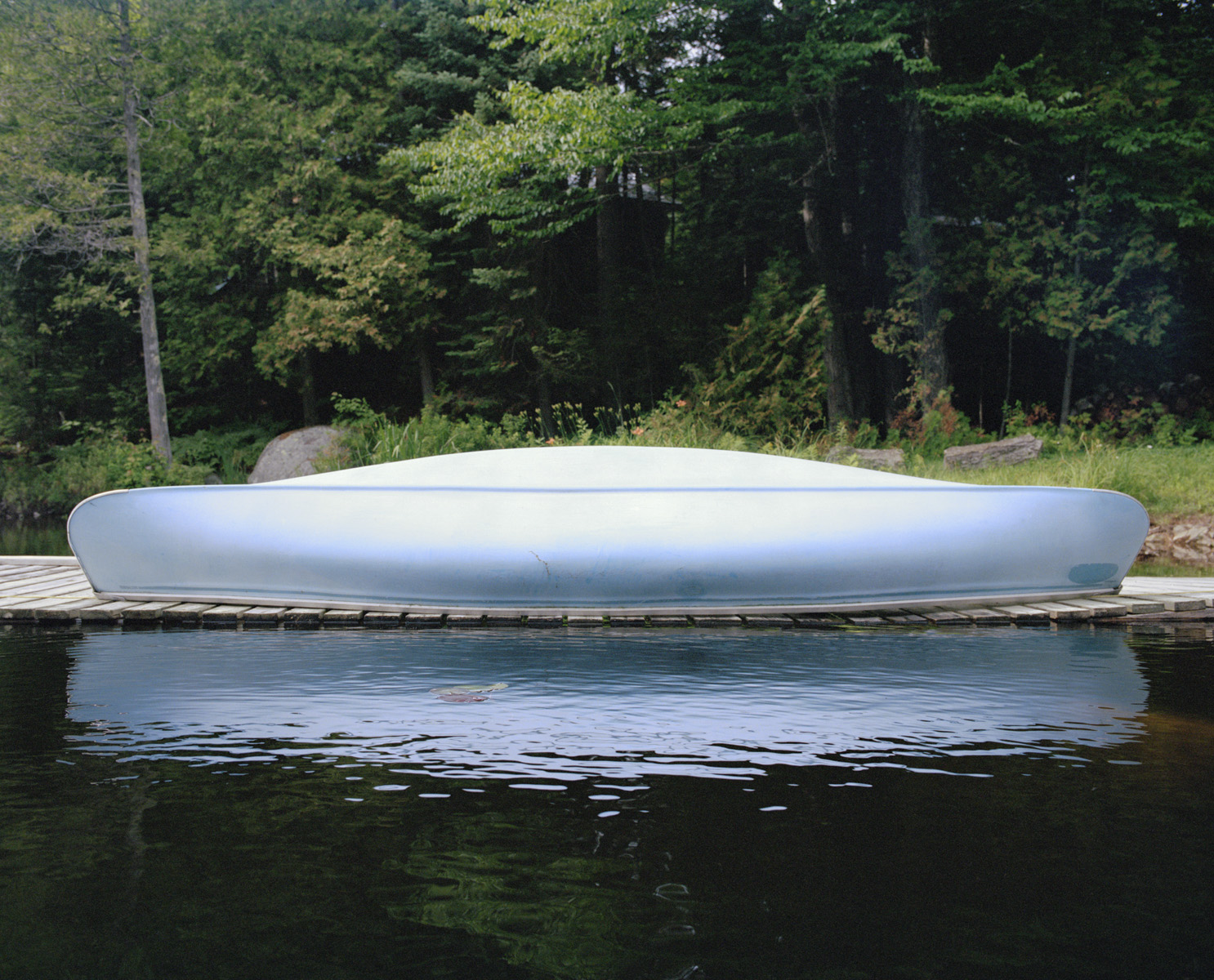 While sitting outside on our tiny terrace the other day polishing off my breakfast of potato salad and oily sardines in the late morning sun, I got to thinking about the first meal of the day and how certain foods–like pancakes, oats, eggs, pop-tarts, cheerios, bacon–are considered appropriate while others–like, ahem, sardines–are decidedly not.
While sitting outside on our tiny terrace the other day polishing off my breakfast of potato salad and oily sardines in the late morning sun, I got to thinking about the first meal of the day and how certain foods–like pancakes, oats, eggs, pop-tarts, cheerios, bacon–are considered appropriate while others–like, ahem, sardines–are decidedly not.
Some of this is cultural, and, like much of food culture, also construct. I remember reading somewhere that before the industrial boom following WWII the typical Mediterranean breakfast consisted of, not croissant and Nutella, but whatever soup or stew was left-over from the night before.
The category of “breakfast food”, much like the category of “food for kids”, is rooted, in some ways, not in tradition but in marketing, sniffing out new ways to sell more things.
Of late, that thing seems to be the smoothie and all the apparatus that accompany it ($600 blender, protein powder, imported banana, avocado, carton of coconut water, etc.).
And while there’s nothing inherently wrong with cooling down with a glass of blitzed fruit every once in a while, I wonder whether, as morning routine, it’s as nourishing as it’s been made out to be.
Anti-Smoothisms
My ideal breakfast is a combination of the big 3: protein, fat and complex carbohydrates. It nourishes me, eliminates the need for expensive nutraceutical supplements (ahem, Omega-3s) or processed powders (looking at you, hemp). My ideal breakfast is warm, solid, something to sink my teeth into, to prime my digestive system for a day’s worth of work. It’s sourced with a mind toward sustainability, from foods found in my region.
The smoothie is none of these things.
In fact, I believe it’s one of the least nourishing ways you can start you day (pop-tarts excluded).
Most of the ingredients are raw fruits or vegetables (like spinach, kale) which are actually quite difficult to digest; it’s usually served ice-cold which slows down the rate of digestion (the reason nutritionists never drink ice-water with meals); it’s gulped down, not chewed which makes it awfully challenging for our digestive systems to be primed and ready to break foods down.
And from my northern-hemisphere-residing perspective, it’s not the most nourishing choice for our communities (both local + global), either.
Enter the plate of breakfast sardines.
Sardine Me Up, Scotty
I always have a stash of tinned sardines in my cupboard. They’re one of my favorite “fast-foods” because even when my fridge has been totally cleaned out, they provide plenty in the way of nourishment and satisfaction.
One 3 oz. tin contains over 338% of our daily requirement of B12, 87% of selenium, 61% of omega 3s EPA and DHA, and 44% of vitamin D, supporting our skin-health, bone-health, heart-health and mental-health and keeping us energized.
While studying holistic nutrition, we were constantly talking about omega 3s, and the manifold benefits of supplementing with fish oil. One of our teachers was actually a consultant for a nutraceutical company (which shows the sort of conflict of interest that is rampant within the highly unregulated holistic health community, but I digress), and even gave a presentation on omega 3s where the take-away was, ultimately, to buy this brand’s fish oil (which was, conveniently, sold at the reception desk) (digressing again).
At the time I remember thinking, but what about sardines?
As opposed to fish oils which are easily susceptible to rancidity and are typically quite expensive, sardines are safely preserved in olive oil or salt and, even in the fanciest grocery store, will run you less than a drink at that coffeehouse named after a character in Moby Dick.
They’re one of the more sustainable fish you can eat, with small amounts of by-catch and damage to the surrounding environment. They’re preserved in tins and can be kept for a long time, meaning that they don’t require rapid or refrigerated transport, even if you live hundreds of miles from the sea.
And, they also happen to be delicious.
Now at this point you’re probably thinking, no, gross, and what about that smell? Sardines have a less than stellar reputation, that’s for sure. But when’s the last time you tried them out for yourself? It may take some time, but dress them with a generous squeeze of lemon and that combination of oil, citrus and sea just might make you a believer.
This is not to say you’re to reorder your breakfast routine, entirely. I’m something of a breakfast anomaly because I rise early and tend not to feel ready to eat until much later (as opposed to Lu who can polish off tartine after tartine first thing), so it’s no surprise that I prefer my breakfast on the savory side of the spectrum.
This is just an attempt at broadening the definition of breakfast, giving you more options so you can discover what really makes you feel good, not what’s being sold as such (#sponsoredbysardines) (kidding).
And who knows? Maybe a sardine or two will find its way onto your next breakfast plate ;-p





